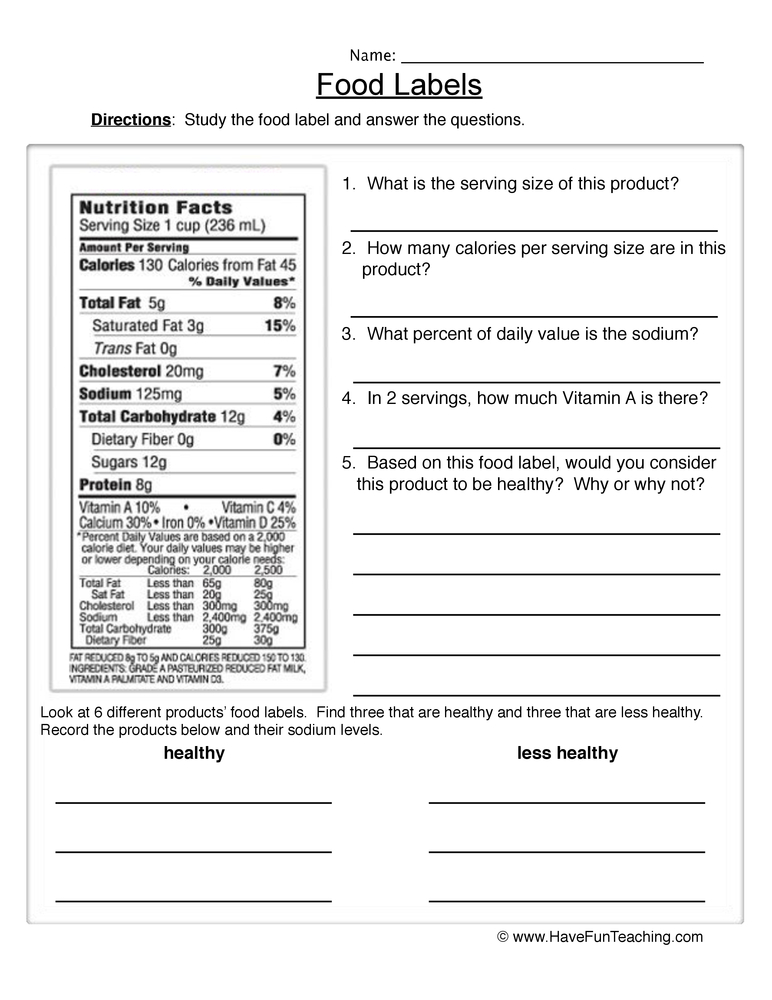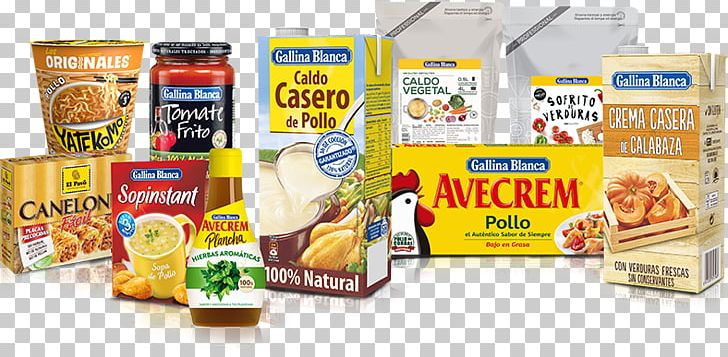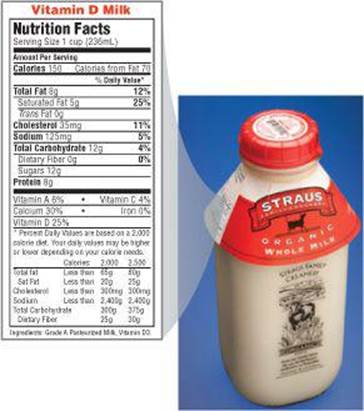40 nutrition labels for common foods
PDF Newsletter- Snacks and Food Labels (Read-Only) most foods, but can also be added. Many processed foods are high in added sugars and therefore contain "empty calories", meaning they have no nutritional value and should be limited. Here is a list of the most common claims on food labels and what they really mean according to the Food and Drug Administration (FDA) regulations: Food Labeling & Nutrition | FDA Food labeling is required for most prepared foods, such as breads, cereals, canned and frozen foods, snacks, desserts, drinks, etc. Nutrition labeling for raw produce (fruits and vegetables) and...
Making the Most of the Nutrition Facts Label Infographic Eat foods with nutrients your body needs like calcium, dietary fiber, iron, potassium, and Vitamin D. % Daily Value. The % Daily Value (DV) tells you the percentage of each nutrient in a single serving in terms of the daily recommended amount. To consume less of a nutrient (such as saturated fat or sodium), choose foods with a lower % DV (5% or ...

Nutrition labels for common foods
How to Understand and Use the Nutrition Facts Label | FDA Dietary fiber, vitamin D, calcium, iron ad potassium are nutrients on the label that Americans generally do not get the recommended amount of. They are identified as nutrients to get more of.... The Basics of the Nutrition Facts Label Step 4: Check Out the Nutrition Terms. Low calorie: 40 calories or less per serving. Low cholesterol: 20 milligrams or less and 2 grams or less of saturated fat per serving. Reduced: At least 25% less of the specified nutrient or calories than the usual product. Good source of: Provides at least 10 to 19% of the Daily Value of a particular ... Nutrition facts tables - Canada.ca A nutrition facts table can also be used to: learn about a food's nutritional value (calories and nutrients) see if a food contains a little (5% DV or less) or a lot (15% DV or more) of a nutrient. compare 2 products to make informed food choices. better manage special food needs such as a low-sodium diet.
Nutrition labels for common foods. Interactive Nutrition Facts Label - Food and Drug Administration In addition to the Nutrition Facts label, the ingredient list is also a helpful tool. The ingredient list shows each ingredient in a food by its common or usual name.Ingredients are listed in descending order by weight, so the ingredient that weighs the most in the product is listed first, and the ingredient that weighs the least is listed last. Food Labels | Nutrition.gov HHS, Food and Drug Administration, Center for Food Safety and Applied Nutrition Learn the difference between total sugars and added sugars, and discover how the Nutrition Facts Label can help you choose foods that are lower in added sugars. Folate and Folic Acid on the Nutrition and Supplement Facts Labels Food labels & nutritional information | Raising Children Network Food additives. Many foods contain food additives. There are strict guidelines about the way food additives are used in foods and labelled on food products. All food additives must be shown on the ingredient list - for example, thickener (1442). The label must say if an additive is based on a potential allergen - for example, wheat ... Common Information on Food Labels | Family & Consumer Sciences Extension The Nutrition Facts label gives information about the total number of servings in the package, the size of one serving, number of calories, and nutrients in the food. The label also uses percent Daily Values (DV) which are average levels of nutrients for a person eating 2,000 calories a day.
How To Read Food and Beverage Labels | National Institute on Aging Or you can call the U.S. Department of Agriculture's Food and Nutrition Information Center at 301-504-5414. Understanding percent Daily Value (% DV) The percent Daily Value (% DV) tells how much a nutrient in a serving of the food or beverage contributes to a total daily 2,000-calorie diet. Food Labels | CDC If you eat the whole thing, you are eating 8 times the amount of calories, carbs, fat, etc., shown on the label. Total Carbohydrate shows you types of carbs in the food, including sugar and fiber. Choose foods with more fiber, vitamins, and minerals. Choose foods with lower calories, saturated fat, sodium, and added sugars. Avoid trans fat. Understanding Food Nutrition Labels | American Heart Association When the Nutrition Facts label says a food contains "0 g" of trans fat, but includes "partially hydrogenated oil" in the ingredient list, it means the food contains some trans fat, but less than 0.5 grams per serving. So, if you eat more than one serving, you could end up eating too much trans fat. Nutritional Values For Common Foods And Products Highest caloric density foods Top Foods by Vitamin Vitamin A Thiamin Riboflavin Niacin Pantothenic acid Vitamin B6 Vitamin B12 Folate Vitamin C Vitamin D Vitamin E Vitamin K1 Betaine Choline Top Foods by Mineral Calcium, Ca Copper, Cu Fluoride, F Iron, Fe Magnesium, Mg Manganese, Mn Phosphorus, P Potassium, K Selenium, Se Sodium, Na Zinc, Zn
Child Nutrition (CN) Label/Product Formulation Statements / Menu ... Manufacturers are allowed to state this contribution on their labels. The program also provides a warranty against audit claims for purchasers of CN-labeled products. General Information. Food and Drug Administration's New Nutrition Facts Label [ 3 MB ] — A Division of Food, Nutrition and Wellness Training How to Decode a Nutrition Label - Healthline In fact, when the current nutrition facts label was first established in 1990, it was intended as a tool to inform Americans about the ingredients and nutrients our foods contain — and to verify... Food label accuracy of common snack foods - PubMed Food label accuracy of common snack foods Serving size, by weight, exceeded label statements by 1.2% [median] (25th percentile -1.4, 75th percentile 4.3, P = 0.10). When differences in serving size were accounted for, metabolizable calories were 6.8 kcal (0.5, 23.5, P = 0.0003) or 4.3% (0.2, 13.7, P = 0.001) higher than the label statement. … PDF Nutrient Value of Some Common Foods - canada.ca Nutrient Valueof Some Common Foods 4 Breads, Cereals and Other Grain Products Food Name Measure Weight Energy Energy Protein Carbohydrate Total Sugar Total Dietary Fibre Total Fat Saturated Fat Cholesterol Calcium Iron Sodium Potassium Magnesium Phosphorus Thiamin Ribofl avin Niacin Folate g kcal kJ gggggg mgmgmgmgmgmgmgmgmgNEDFE
Food Labels & Nutrition Facts - Ask the Dietitian® Food Labels & Nutrition Facts Does the US Dietary Guidelines in calling for no more than 10% of calories from sugar mean a) added sucrose, b) sucrose, added or naturally occurring, or c) all simple sugars (fructose, glucose, lactose, sucrose, etc.)?
Food labels - NHS These labels provide information on the number of grams of fat, saturated fat, sugars and salt, and the amount of energy (in kJ and kcal) in a serving or portion of the food. But be aware that the manufacturer's idea of a portion may be different from yours. Some front-of-pack nutrition labels also provide information about reference intakes.
How to Get A Nutrition Facts Label for Food Products Our sister company, Online Labels, has a free nutrition label generator where you can input your information and choose from three different layouts: vertical basic, vertical detailed, or horizontal. Getting nutritional information can be a lengthy process depending on the complexity of the food product but getting labels doesn't have to be.
Nutrition Labels 101: What's Required? What's Optional? Total carbohydrates is a required listing unless there is less than 1 gram, at which point it can be expressed as "contains less than 1 gram," or if less than 0.5 grams per serving, it can be expressed as zero. Sugars are the sneaky nutrient found naturally in many "healthy" foods, including fruit and milk.
Food Labeling | Food and Nutrition Information Center | NAL | USDA FDA's Food Labeling program develops policy and regulations for dietary supplements, nutrition labeling and food standards, infant formula and medical foods. Also conducts scientific evaluation to support such regulations and related policy development. The New and Improved Nutrition Facts Label-Key Changes
Definitions - Common name on food labels - Food labels - Canadian Food ... Common name. Common name, in respect of a food, means: In the Food and Drug Regulations: the name printed in boldface type, but not in italics, in the Food and Drug Regulations; the name prescribed by any other federal regulation; or. when not prescribed by regulation, the name by which the food is commonly known [B.01.001 (1), FDR].
PDF Eat Right Some of the most common claims seen on food packages: • Low calorie— Less than 40 calories per serving. • Low cholesterol—20 mg or less of cholesterol and 2 gm or less of saturated fat per serving. • Reduced— 25% less of the specified nutrient or calories than the usual product. • Good source of — Provides at least 10% of
Food Labels: Read It Before You Eat It! Tree nuts (for example: almonds, cashews, pistachios, pecans, walnut, hazelnut; but the FDA also requires the specific identification of tree nuts that are less commonly allergenic such as coconut, shea nut and pine nuts). 6. Peanuts (also called ground nut by some) 7. Wheat (any form, includes spelt, kamut) 8. Soybean (soy)





Post a Comment for "40 nutrition labels for common foods"